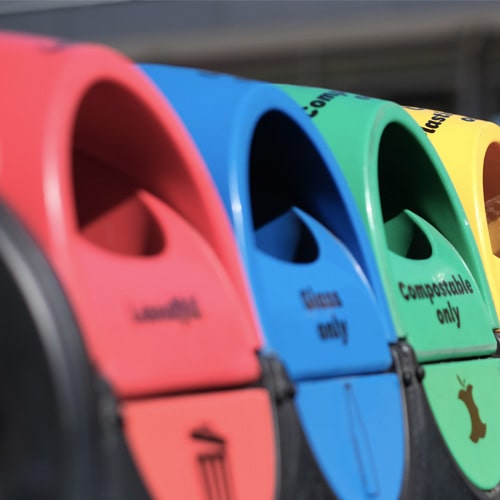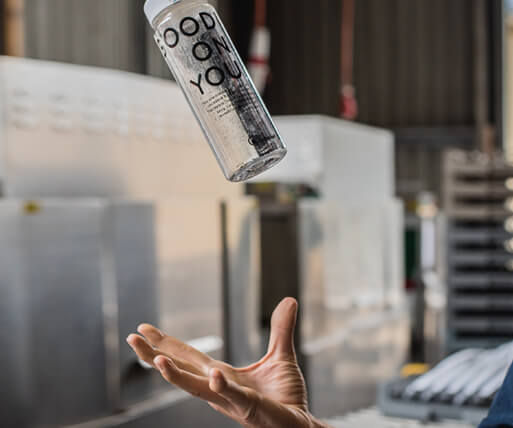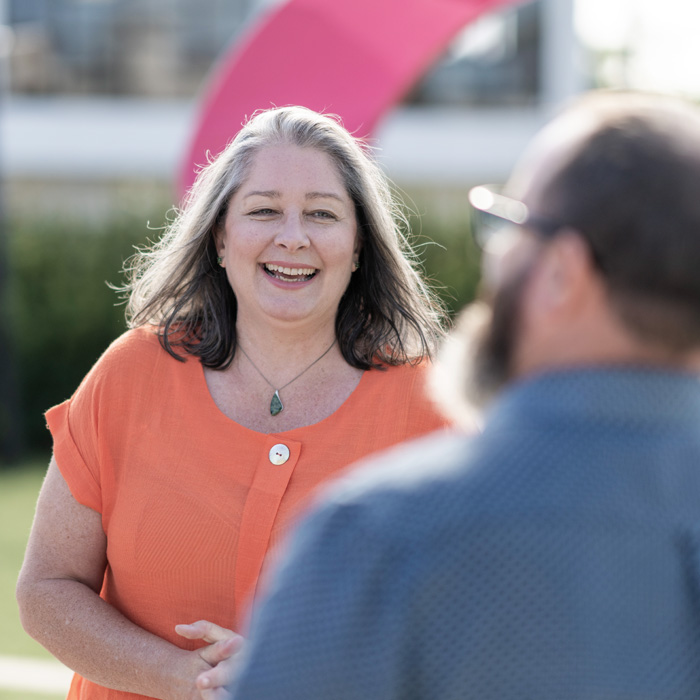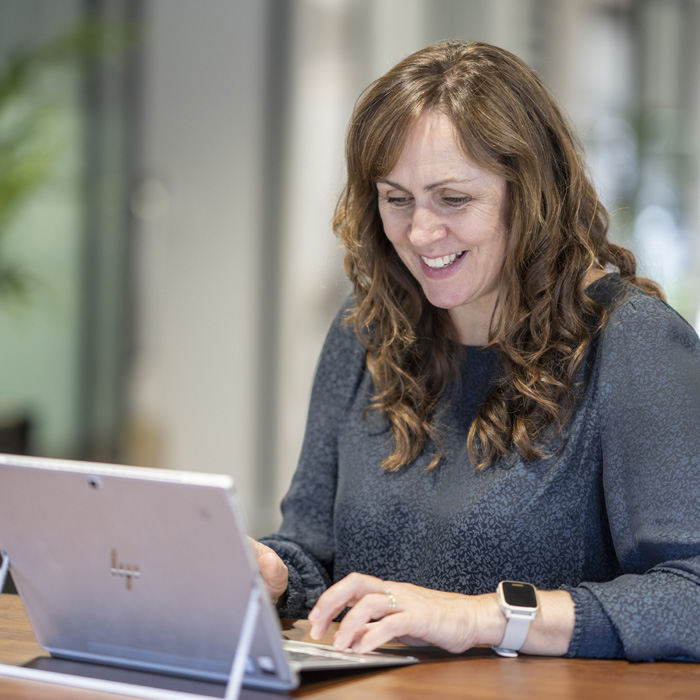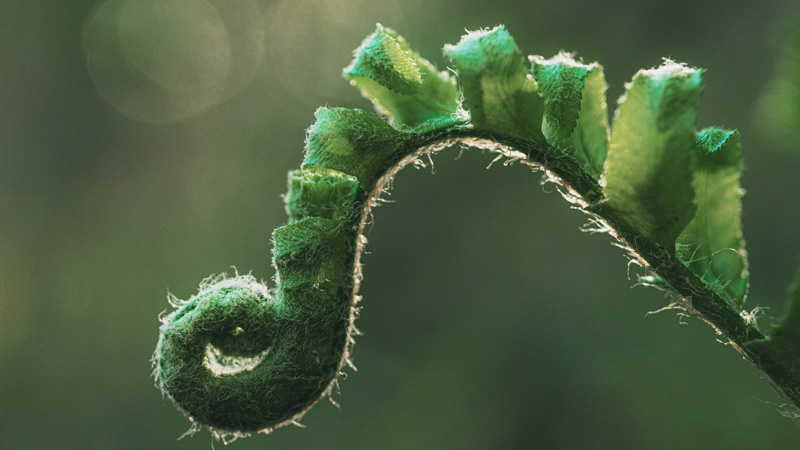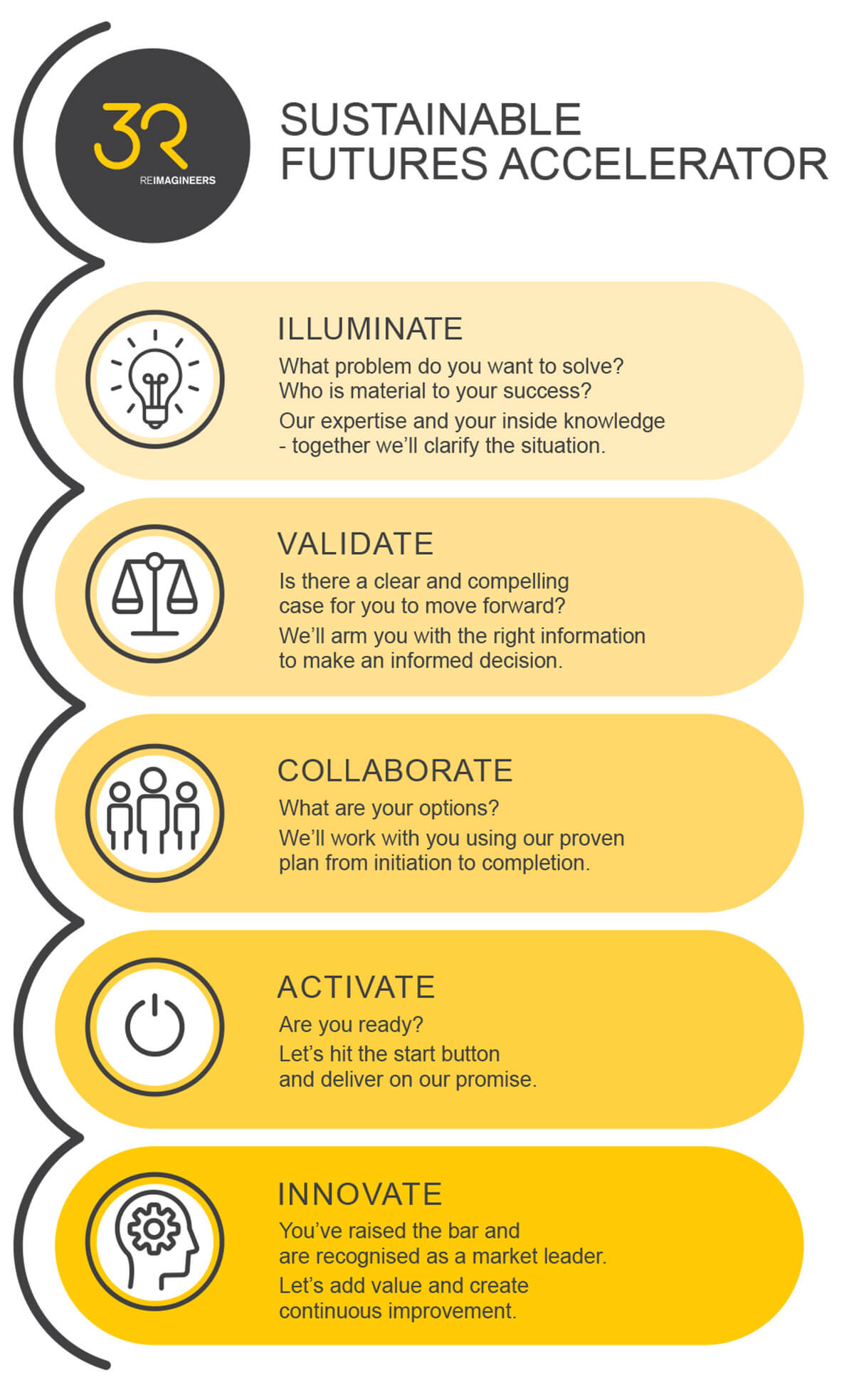Product stewardship – what does success look like?
Up until recently the term ‘product stewardship’ was only heard in certain circles, mainly in the sustainability or waste to resources space. And, despite being accepted as a critical way to reduce our impact on the environment, we have to admit the term has a tendency to make people’s eyes glaze over.
But it’s set to step into the limelight and be recognised, now Government has declared no less than six product categories as priorities for product stewardship.
So, it’s worth taking some time to take a look under the hood and find out what it’s all about.
In the next few years consumers will begin to see significant changes in the way the country deals with a wide range of products. This is because regulations will now come into force to compel businesses which make, import and sell these products to accept responsibility for them throughout their lifecycle. Consumers are also asked to do their bit by disposing of them at their end of life through these soon-to-be created product stewardship schemes.
The Government announcement, made on 29 July, will see schemes established for plastic packaging, e-waste, refrigerants, tyres, agricultural chemicals and their containers, and farm plastics. The sheer range this encompasses is huge, but also very welcome as they represent some of the most problematic waste streams to manage when inappropriately discarded at end of life.
So, what constitutes success when we’re talking about product stewardship?
Properly implemented product stewardship goes beyond simply preventing litter or creating another single-use item through recycling. It manages a product throughout its lifecycle to ensure its impact is minimised at every stage, resources are maximised (leading to less resources used), efficiencies created, and at the end of its life a product can be reused, repaired or enter a high-value recycling stream.
Without the involvement of those who make and sell these products, we too often end up with the low-cost option – contamination, ‘downcycling’ where the value of the material isn’t retained, and the loss of useful resources.
Involvement at the product design phase is critical to a good stewardship scheme. This is not only to make products last longer, be easier to reuse or recycle, but impacts a company’s financial contribution to a scheme. The more we think about a product’s end of life at the beginning of its life the less cost will be incurred during manufacture and eventual capture of resources at end of life.
The Government’s guidelines accompanying this announcement are clear: the full cost will be met by fees on the product or producer. This is critical as it tends to move the cost for disposal to the point of purchase, rather than at end of life when we no longer value the product.
Other guidelines follow 3R’s experience of what makes a good scheme: ease of access for the public, strong environmental and community benefit, as well as transparent governance, performance improvement and reporting.
For the uninitiated product stewardship can seem daunting, but from our experience at 3R it’s just good business. It can lead to greater efficiency, cost savings and critically, with consumers becoming more and more aware of their environmental impact, pay back through a company’s social licence to operate.
Ultimately, we have long known that product stewardship is the cornerstone of the development of a strong circular economy – one where resources are maximised and reused, rather than used and then thrown away as is the case with the current linear economy. Now there is both carrot and stick for businesses, we’re looking forward to a new era of efficient resource use and waste reduction in Aotearoa.
Adele Rose is the Chief Reimagineer at 3R Group
Connect with Adele on LinkedIn

